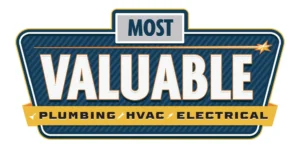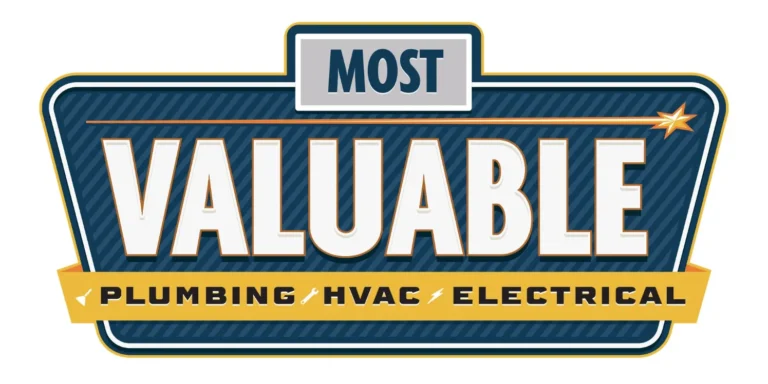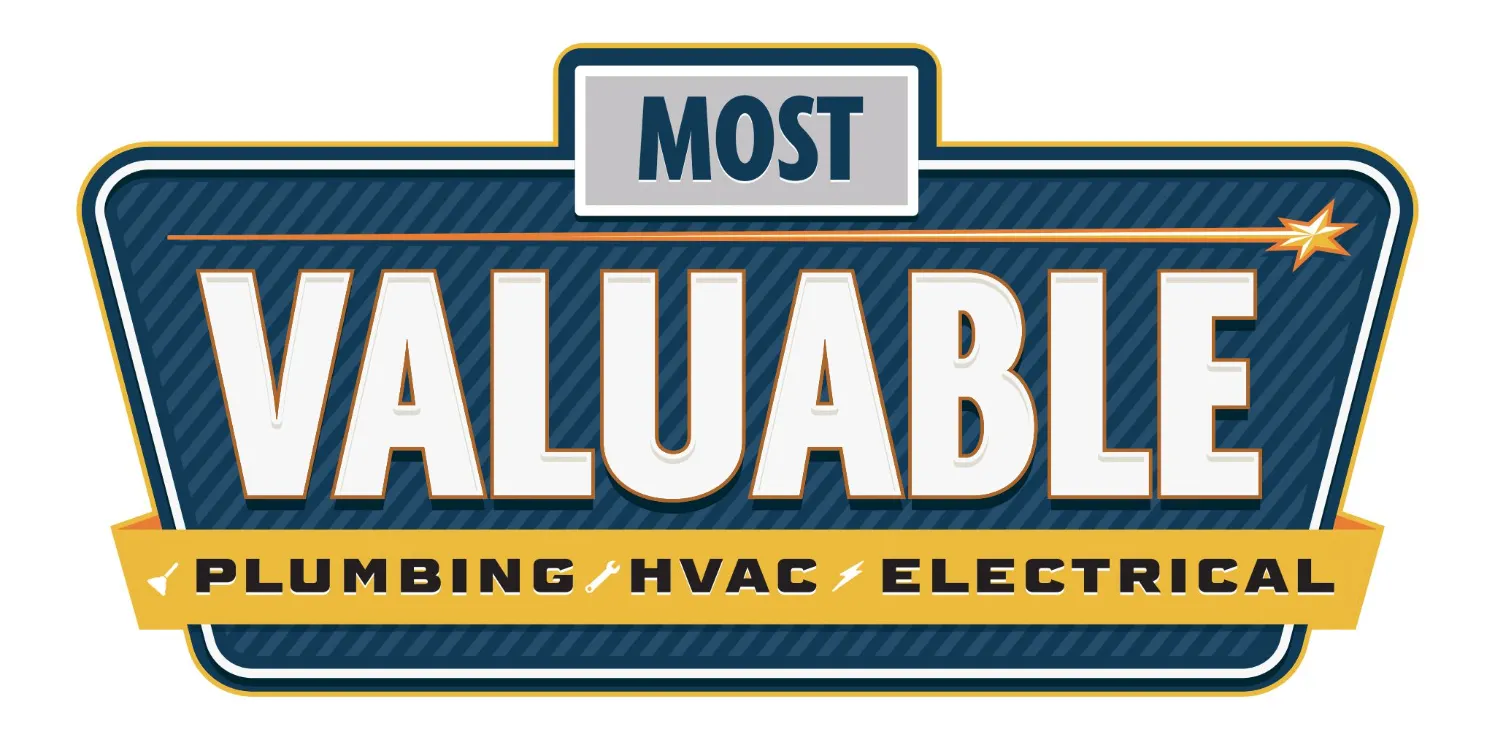A burst pipe can damage your home, leading to expensive repairs and health risks. Acting quickly and efficiently is essential to minimize the impact. This guide will walk you through the steps to take when you have a burst pipe, from immediate actions to long-term solutions. Consult Most Valuable Plumber for expert advice and effective resolution of the issue.
Are plumbing issues causing you stress? Turn to the pros at Most Valuable Plumber! Dial 855-458-9170 or explore Most Valuable Plumber to book your appointment. Your home deserves top-tier plumbing solutions!
Immediate Actions
Turn Off the Water Supply Locate the Main Shut-Off Valve: Find the main water supply valve, typically located in the basement, crawl space, or near the water meter.
Shut Off the Water: Turn the valve clockwise to stop the flow of water.
Turn Off the Electricity
Safety First: Water and electricity are a dangerous combination. If the burst pipe is near electrical outlets or appliances, turn off the electricity to that area.
Locate the Electrical Panel: Find the circuit breaker panel and switch off the relevant circuits.
Drain the System Open Faucets: Turn on all the faucets in your home to drain the remaining water from the pipes.
Flush Toilets: Flush all the toilets to assist in clearing the water from the system.
Contain the Water Use Buckets and Towels: Place buckets under the burst pipe to catch dripping water and use towels to soak up any standing water.
Move Valuables: Remove any valuable items or furniture from the affected area to prevent water damage.
Call a Professional Plumber Contact a Plumber: Call a licensed plumber to assess and repair the burst pipe. Provide as much detail as possible about the situation.
Call to schedule prompt service with Most Valuable Plumber:
Los Angeles County – 818-452-5269
Orange County – 714-452-8178
Ventura County – 805-994-0652
Assessing the Damage
Inspect the Area Check for Water Damage: Look for signs of water damage on walls, floors, and ceilings. Look for Mold: Inspect for any signs of mold growth, which can begin to develop within 24-48 hours. Document the Damage Take Photos: Photograph the affected areas for insurance purposes.
Keep Records: Maintain a record of all communication with professionals and insurers, including receipts and repair estimates.
Temporary Fixes
Apply a Pipe Clamp Find a Pipe Clamp: Secure a pipe clamp from a hardware store. This serves as a temporary solution to halt the leak.
Install the Clamp: Follow the provider’s instructions to secure the clamp over the burst section of the pipe.
Use Epoxy Putty Purchase Epoxy Putty: Available at most hardware stores, epoxy putty can provide a temporary fix.
Apply the Putty: Knead the putty until it’s pliable, then apply it around the burst section of the pipe and let it cure.
Wrap the Pipe Use Rubber and a Hose Clamp: Wrap a piece of rubber around the burst area and secure it with a hose clamp.
Duct Tape Alternative: In an emergency, wrap the pipe with duct tape, though it’s less reliable
Preventing Future Bursts
Insulate Your Pipes Install Pipe Insulation: Use foam pipe insulation to wrap exposed pipes, especially in unheated areas. Heat Cables: Consider using heat cables for pipes in extremely cold areas to prevent freezing. Maintain a Steady Temperature Keep the Heat On: Maintain a consistent temperature in your home, even when you’re away. Open Cabinet Doors: Allow warm air to circulate around pipes in cabinets, especially in colder weather. Regular Inspections Schedule Regular Checks: Have a professional plumber inspect your plumbing system regularly. Look for Warning Signs: Be vigilant for signs of leaks, corrosion, or unusual water pressure.
Long-Term Solutions
Replace Old Pipes Upgrade to Modern Materials: Consider replacing old, corroded pipes with modern materials like PEX or copper.
Professional Installation: Have a licensed professional install your pipes to avoid future issues.
Install a Water Leak Detection System Automatic Shut-Off Valves: These systems can detect leaks and automatically shut off the water supply to prevent damage.
Leak Sensors: Place sensors near vulnerable areas like basements and under sinks.
Dealing with Insurance
Understand Your PolicyReview Coverage: Review your homeowner’s insurance policy to understand coverage in case of a burst pipe.File a Claim: Contact your insurance company to file a claim for the damage caused by the burst pipe.Work with ProfessionalsHire a Public Adjuster: If needed, hire a public adjuster to help with the claims and ensure fair compensation.Document Everything: Keep thorough records of all repairs, communications, and expenses related to the burst pipe.
Conclusion
Dealing with a burst pipe can be stressful, but acting quickly can reduce damage and repair costs. By following these steps, you can protect your home and prevent future problems. Remember to always prioritize safety and consult with professionals to ensure proper repairs and prevention measures.


